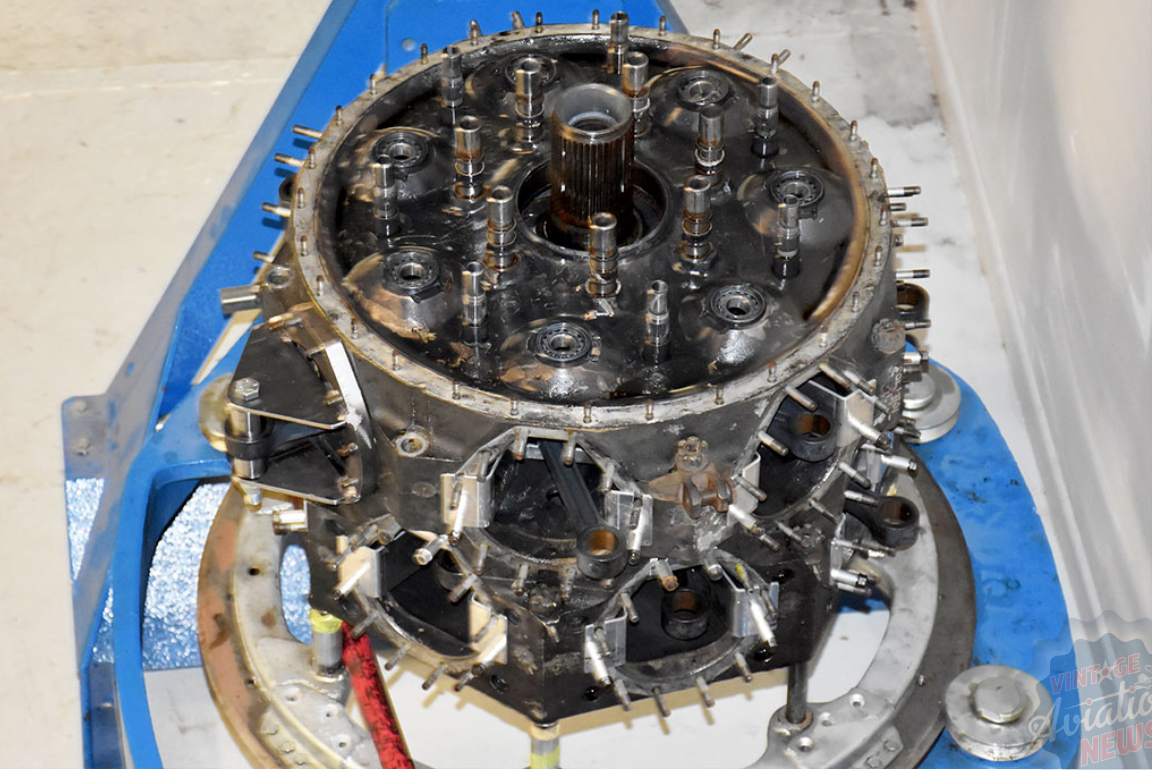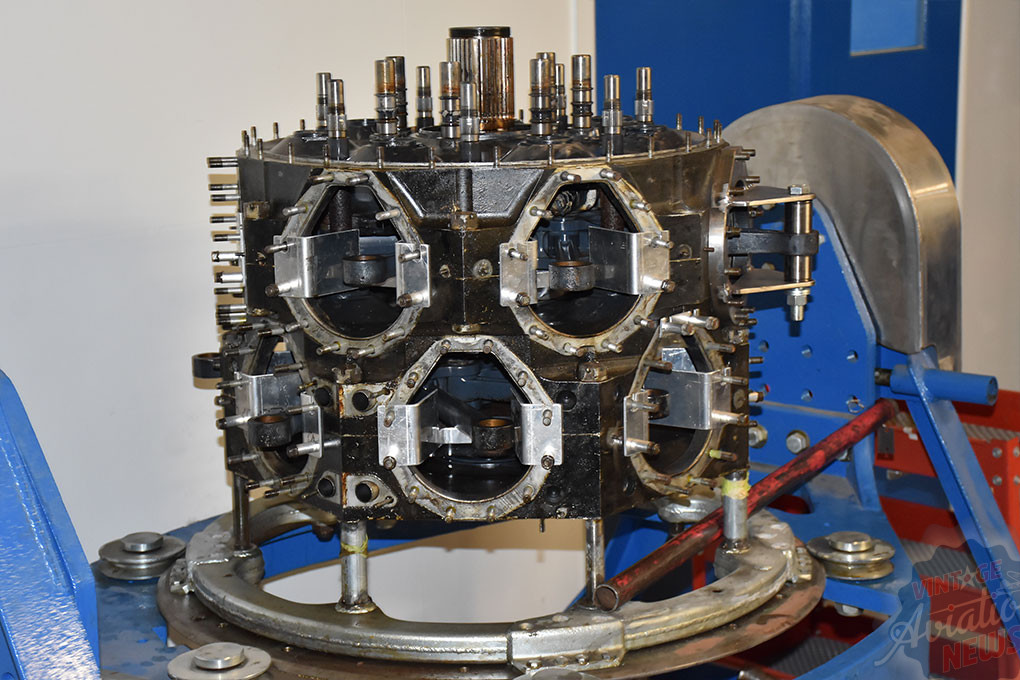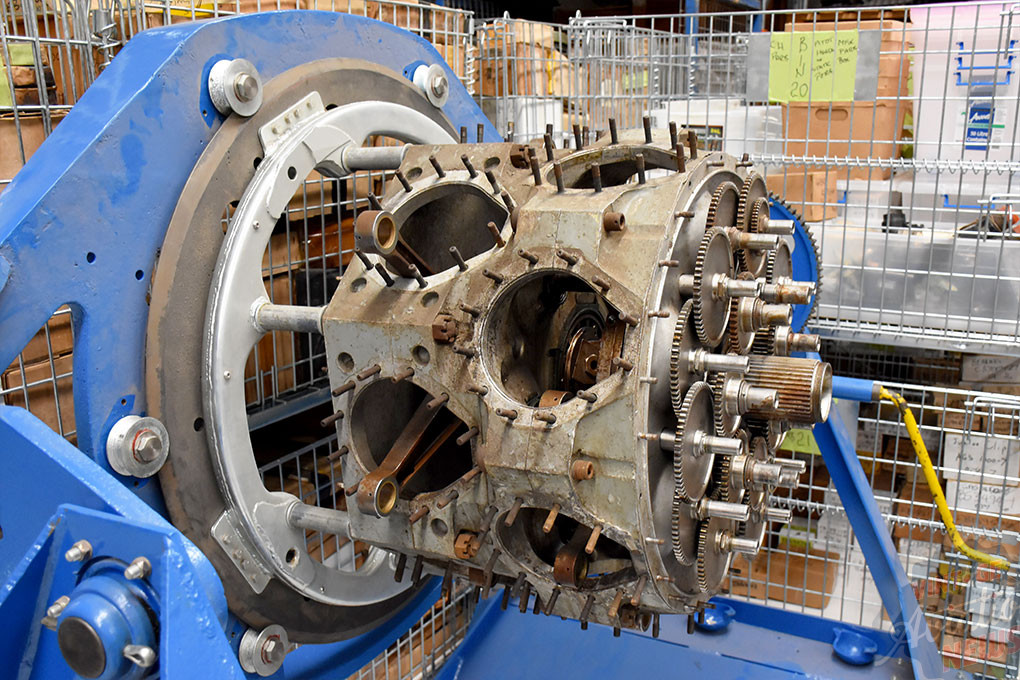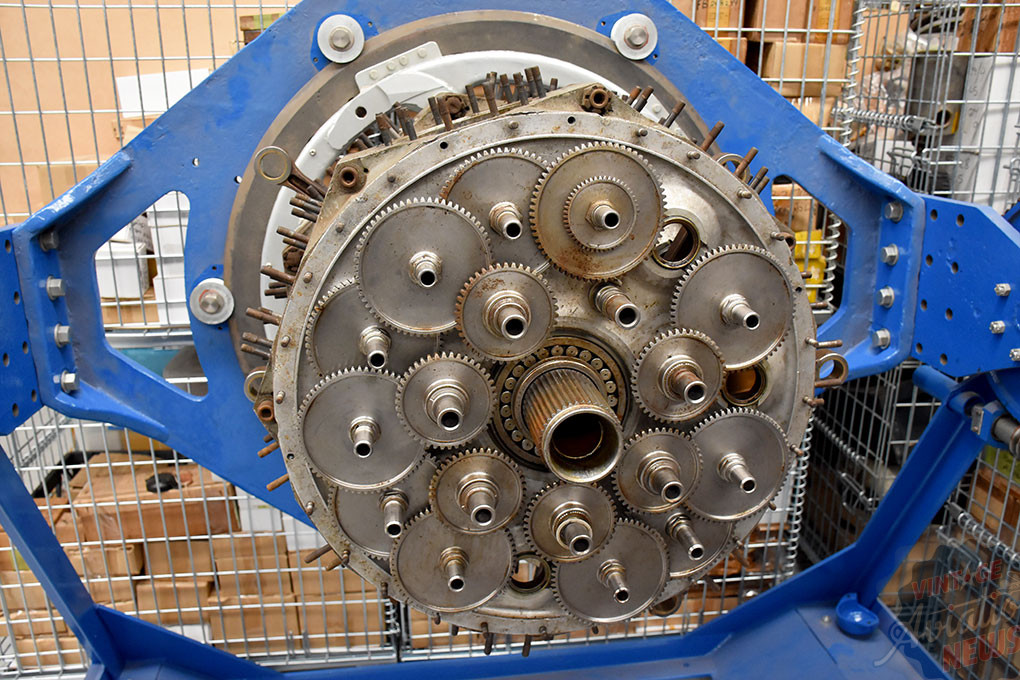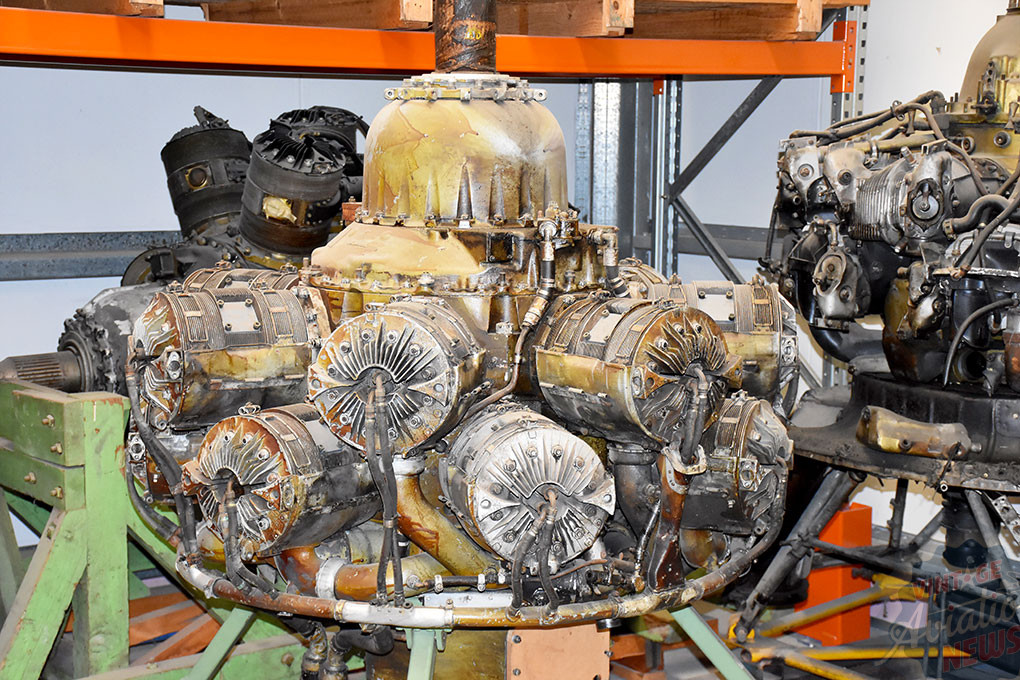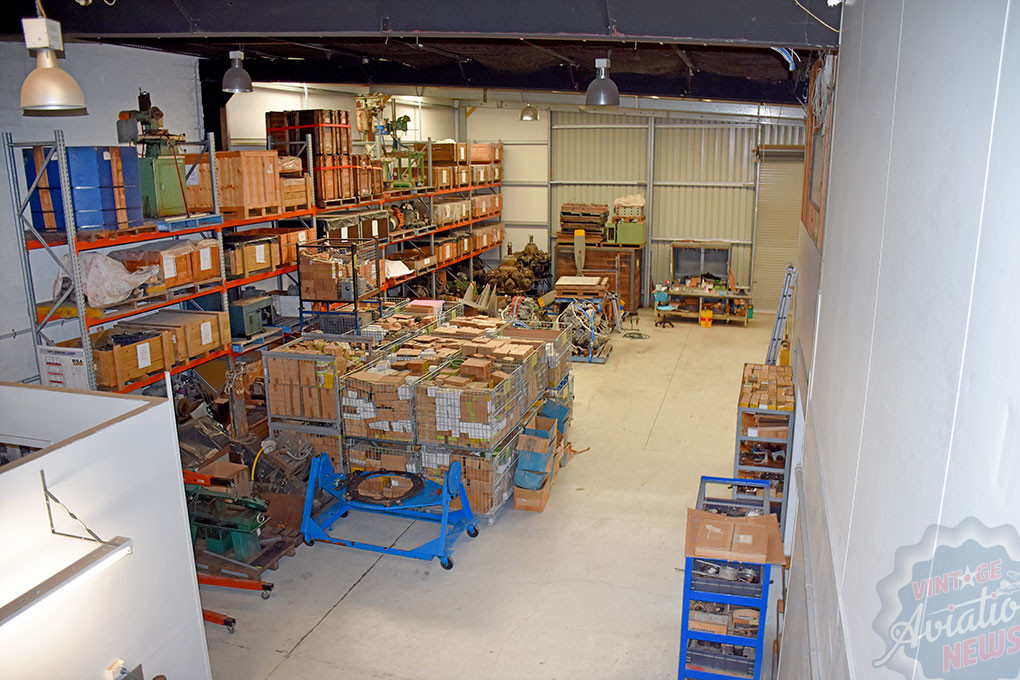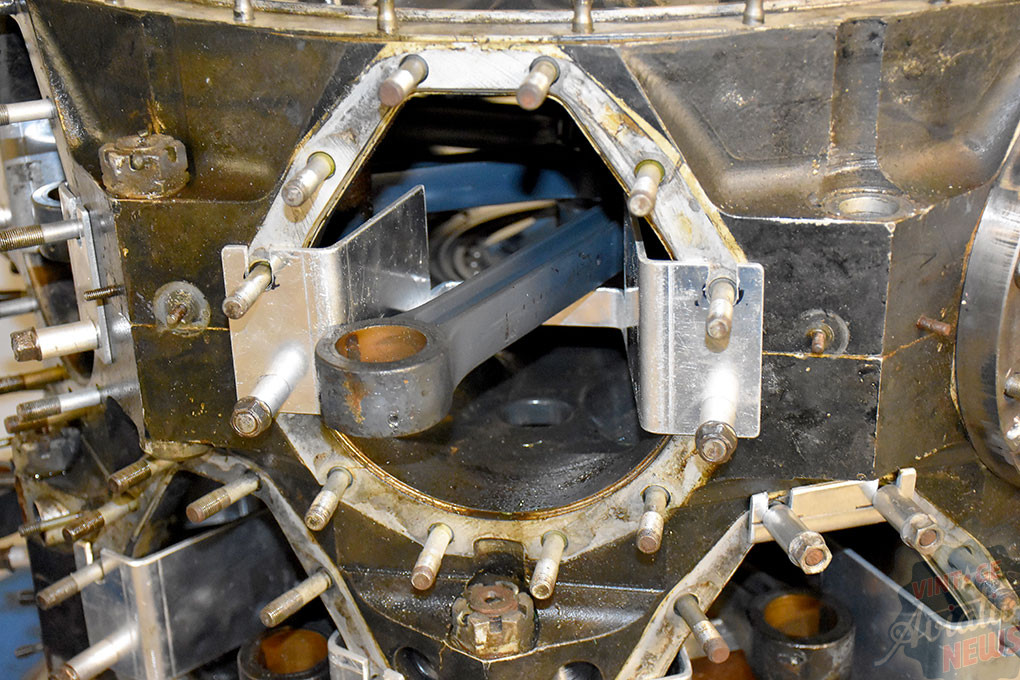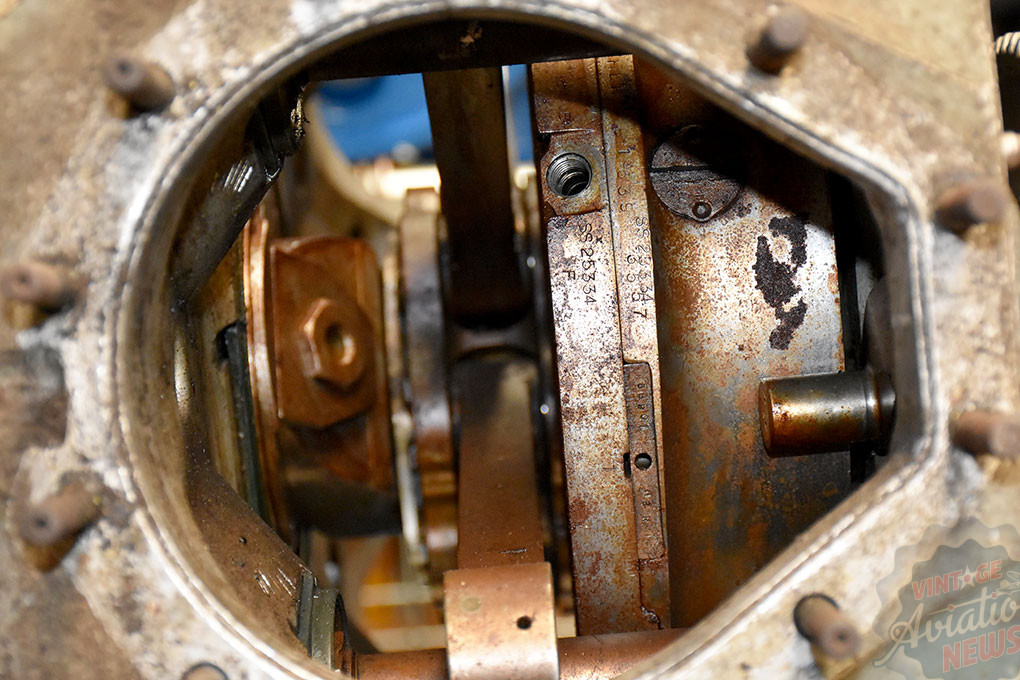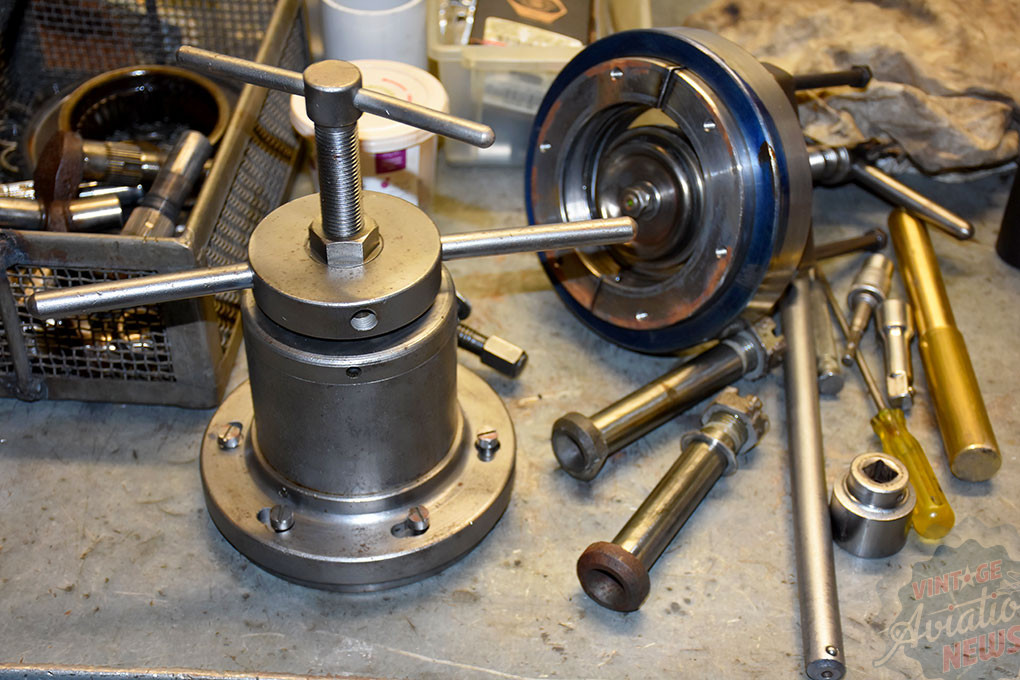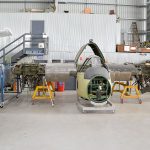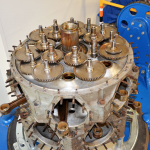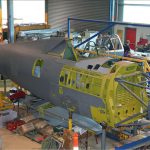With much thanks to our good friend John Parker at WarbirdsOnline in Australia, we can bring a status update on the restoration of correct-series Bristol Hercules engines for the restoration of a very rare Bristol Beaufighter ground attack aircraft to airworthy condition. Parker paid a visit to Peter Brooke’s workshop, Historical Aircraft Engines, in Brisbane, Australia this June to catch up with progress on these engines. These early-series Hercules are as rare as hens teeth; they will eventually go in Beaufighter Mk.If X7688 which Rob Greinert is restoring at the Historical Aircraft Restoration Society’s museum in Albion Park, Australia. We will let John pick up the story from here…
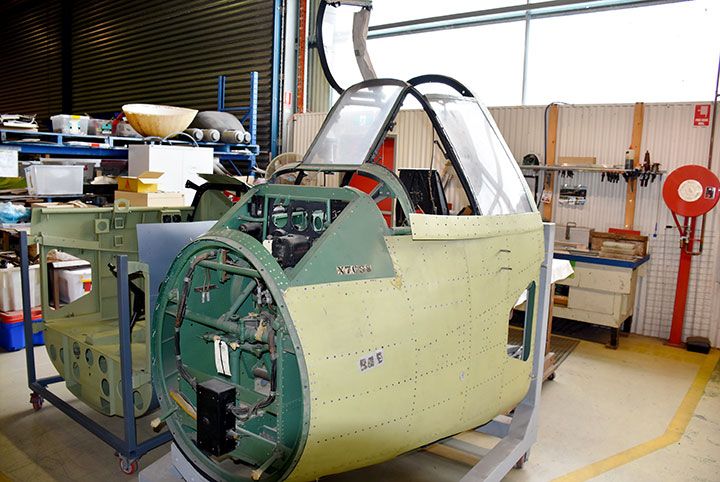
One of the most interesting and significant vintage aviation restoration projects is the task which Peter Brooke and Historical Aircraft Engines are undertaking for the various Bristol Beaufighter restorations currently underway in Australia and Europe. Unfortunately, the disruption of the COVID pandemic has complicated our ability to revisit and report on progress which Peter has been making over the past two years. However, since our last visit, Peter has completed significant work on this project to rebuild several Bristol Hercules engines.
The huge holding of spare parts acquired in New Zealand (in excess of 16 tons) has now been fully sorted and identified, catalogued and stored in an appropriate manner to allow easy access when required. There were many thousands of components in this holding, so cataloguing it all was a mammoth, but essential undertaking. The task required many months of work, but was well worth the effort as Brooke has been able to determine that all of the required components to rebuild the Bristol Hercules Mk. XVII engines for the later series Beaufighters are on hand.
Following on from parts cataloguing, work has turned to the design and methodology for the actual Hercules rebuilds. Peter is a master engineer, and has undertaken many hours of research and development regarding the overhaul of these complex, sleeve-valve engines. This work has included a detailed study of the available technical documentation and manuals. Peter has also dismantled several of the engines to confirm their condition and configuration. Now that all of the necessary preparatory work is complete, Peter has commenced the actual rebuilds – a very exciting time. Two engines are now in engine rebuild stands and “bulk stripping” has begun.
Stripping a Bristol Hercules is a complex exercise and requires a lot of care and concentration as it is easy to cause damage if the correct procedures and sequences are ignored. This process requires specialist tooling, such as “pullers” and part-specific spanners. Furthermore, some tasks have even required the manufacture of tools when original examples are unavailable; a time-consuming task.
Once the cylinders and pistons have all been removed, various components, such as connecting rods have to be secured in place before the core crankcase can be separated; this is the current stage of the process. Once all is ready, each segment of the crankcase can be separated; this has to be performed carefully so as to not distort the castings. Following this, the complex gear shafts, bearings and the crankshaft and connecting rods can be removed for examination, repair/restoration – then the long process of building the engine back up can commence.
The rebuild phase will be complex and difficult as each task presents its challenges. Nobody has attempted these types of rebuilds in many years, so Peters skills and knowledge will be invaluable as he moves through each phase of the work.
We wish to thank John Parker, Peter Brooke and Historical Aircraft Engines for this news article. We look forwards to further news regarding the restoration of these rare Bristol Hercules engines!







